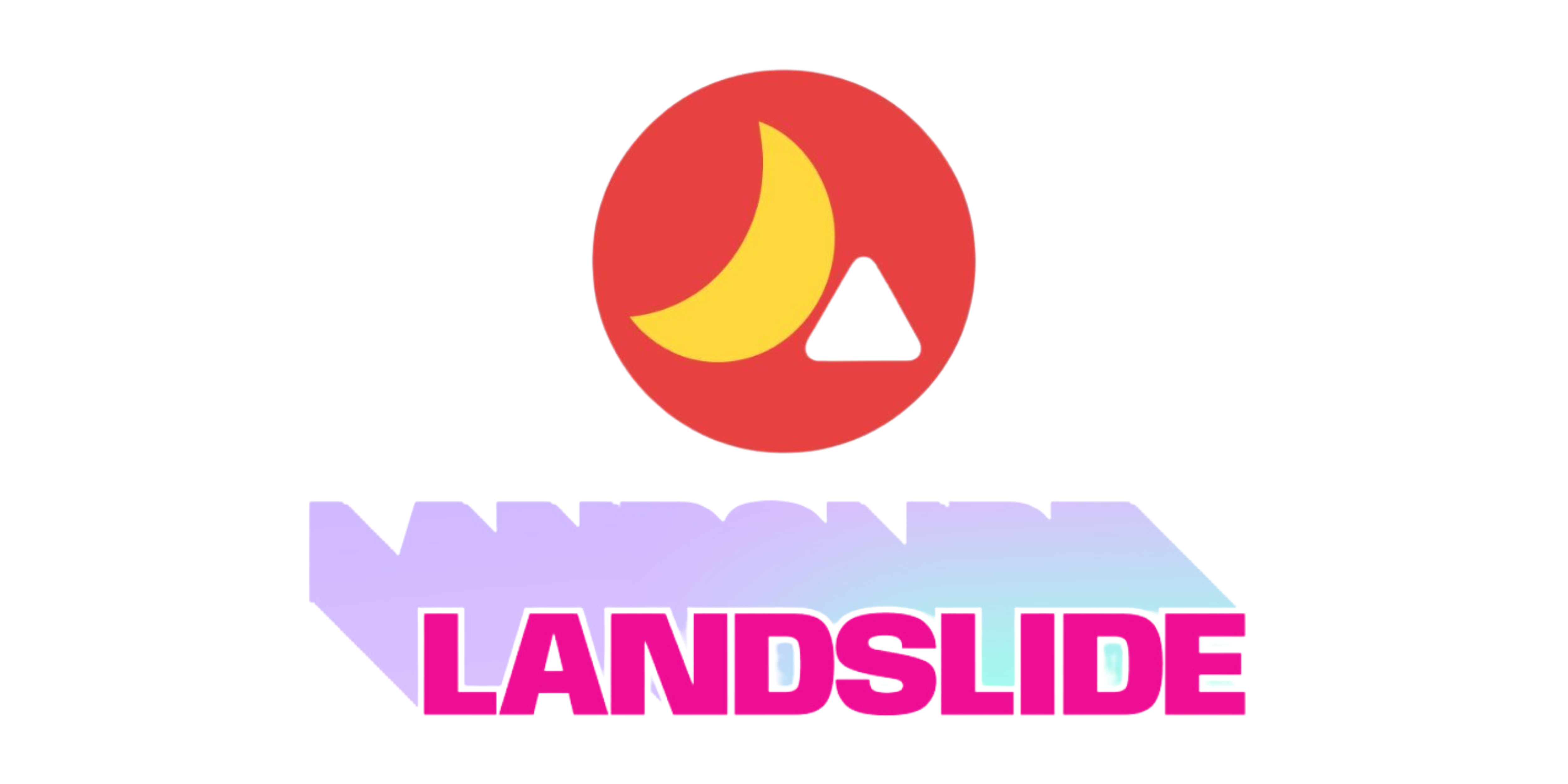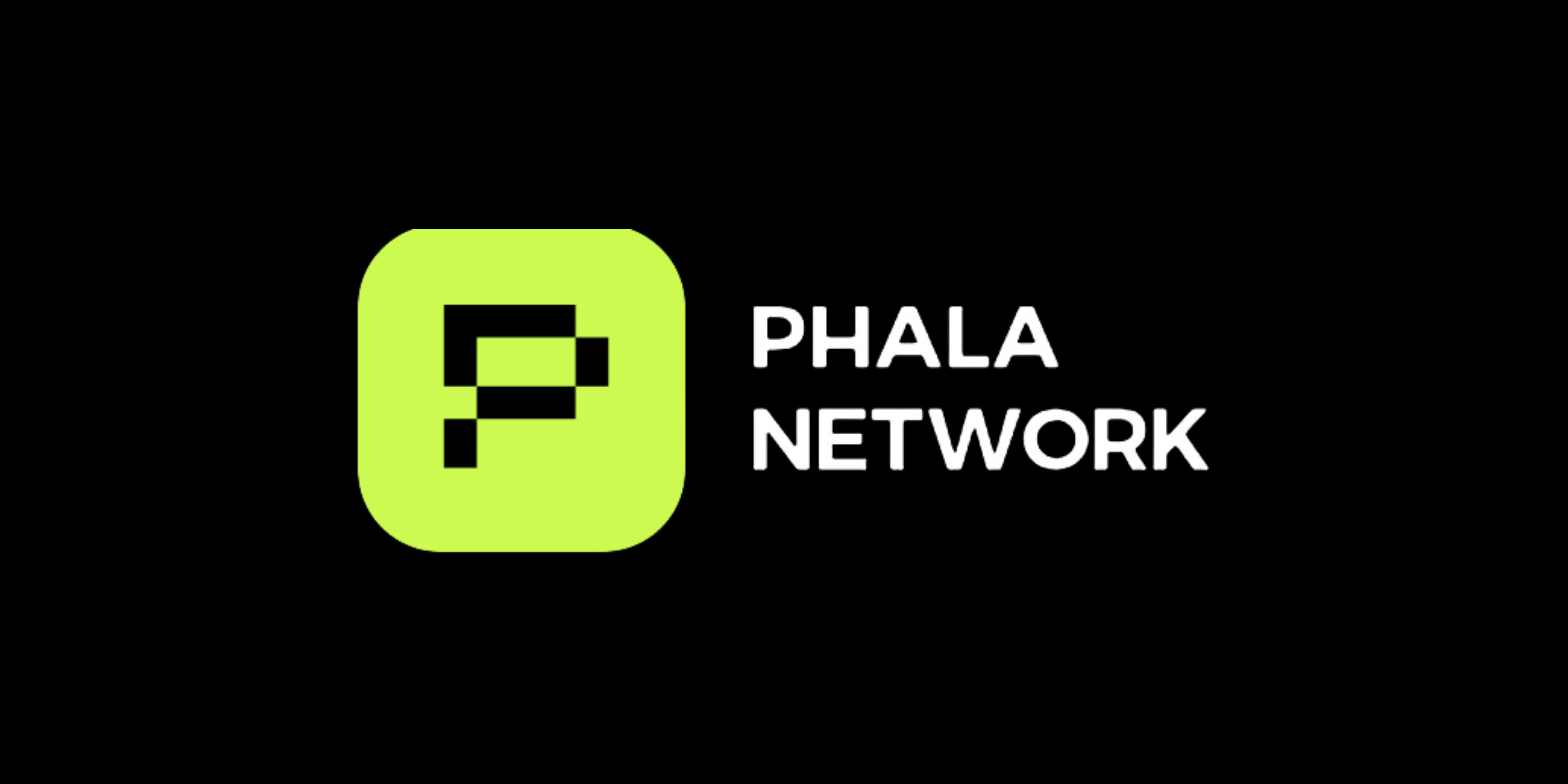Introduction
Landslide Network aims to enhance interchain connectivity, particularly between Avalanche and the broader interchain ecosystem through Inter-Blockchain Communication (IBC). This project represents a significant advancement in blockchain interoperability, focusing on integrating the Avalanche network with Cosmos and other IBC-enabled chains.
Innovation
Landslide Network’s primary innovation is its seamless interoperability between Avalanche and Cosmos, along with other IBC-enabled chains. This interoperability opens new avenues for cross-chain DeFi operations by leveraging Avalanche’s high throughput and low fees. Additionally, the project simplifies user interactions across multiple chains, potentially attracting a broader user base by reducing the complexity of managing multiple wallets or navigating different networks.
Architecture
The architecture of Landslide Network revolves around the IBC Bridge to Avalanche, which facilitates asset and data transfer between Avalanche and IBC-enabled chains. The integration includes:
- IBC Bridge to Avalanche: Facilitates asset and data transfer between Avalanche and IBC-enabled chains.
- Avalanche Subnet Integration: Allows CosmWasm-based dApps to run natively on Avalanche.
- IBC Light Client Development: Critical for the communication between Avalanche and other chains.
- ABCI Calls Implementation: Essential for Cosmos dApps to interact with the Avalanche network.
Code Quality
Landslide Network’s codebase emphasizes security, interoperability, and performance. The integration of IBC protocols and Avalanche’s consensus mechanism ensures robust security features against various attacks. The use of ABCI calls in the Landslide Core provides a seamless interface for Cosmos dApps to interact with Avalanche, covering key functions like transaction validation and block processing. Additionally, the compatibility with Cosmos SDK allows developers to re-deploy Rust contracts on the Landslide subnet, benefiting from Avalanche’s enhanced performance.
Product Roadmap
Landslide Network’s roadmap includes several key milestones:
- Enable native transfers of all IBC-connected tokens.
- Decrease transaction finality times significantly on Tendermint.
- Facilitate high-frequency trading through faster finality times.
- Ensure 100% compatibility with Cosmos SDK for easy dApp porting.
- Foster collaboration between Avalanche, Cosmos, and other IBC-enabled chains.
Landslide Network’s Usability
The project is designed to simplify user interactions across multiple chains, making it more accessible to a broader audience. By reducing the need for managing multiple wallets or navigating different networks, Landslide Network aims to streamline the user experience and attract a more diverse user base.
Team
The team behind Landslide Network consists of experienced blockchain developers and researchers with a deep understanding of both Avalanche and Cosmos ecosystems. Their expertise in interoperability protocols and consensus mechanisms underpins the project’s technical robustness and innovative capabilities.
Conclusion
Landslide Network presents a groundbreaking approach to blockchain interoperability, particularly between Avalanche and Cosmos ecosystems. Its focus on seamless asset transfer, faster transaction finality, increased liquidity, and user experience enhancement positions it as a potential catalyst for wider adoption and innovation in the blockchain space. The technical mechanics of Landslide, from IBC integration to Avalanche subnet compatibility and its scalable consensus mechanism, demonstrate a strong foundation for a robust, interconnected blockchain ecosystem.
| Initial Screening | |||
| Keep researching | |||
| Does this project need to use blockchain technology? | Yes | ||
| Can this project be realized? | Yes | ||
| Is there a viable use case for this project? | Yes | ||
| Is the project protected from commonly known attacks? | Yes | ||
| Are there no careless errors in the whitepaper? | Yes | ||
| Project Technology Score | |||
| Description | Scorecard | ||
| Innovation (Out Of 11) | 8 | ||
| How have similar projects performed? | Good | 2 | |
| Are there too many innovations? | Medium | 1 | |
| Percentage of crypto users that will use the project? | 6%- 10% | 3 | |
| Is the project unique? | Yes | 2 | |
| Architecture (Out of 12) | 11 | ||
| Overall feeling after reading whitepaper? | Good | 2 | |
| Resistance to possible attacks? | Good | 2 | |
| Complexity of the architecture? | Not Too complex | 2 | |
| Time taken to understand the architecture? | 20-50 min | 1 | |
| Overall feeling about the architecture after deeper research? | Good | 4 | |
| Has the project been hacked ? | No | 0 | |
| Code Quality (out of 15) | 13 | ||
| Is the project open source? | Yes | 2 | |
| Does the project use good code like C,C++, Rust, Erlang, Ruby, etc? | Yes | 2 | |
| Could the project use better programming languages? | No | 0 | |
| Github number of lines? | More than 10K | 1 | |
| Github commits per month? | More than 10 | 2 | |
| What is the quality of the code? | Good | 2 | |
| How well is the code commented? | Good | 1 | |
| Overall quality of the test coverage? | Good | 1 | |
| Overall quality of the maintainability index? | Outstanding | 2 | |
| When Mainnet (out of 5) | 5 | ||
| When does the mainnet come out? | Mainnet ready | 5 | |
| Usability for Infrastructure Projects (out of 5) | 5 | ||
| Is it easy to use for the end customer? | Yes | 5 | |
| Team (out of 7) | 5 | ||
| Number of active developers? | 5+ | 2 | |
| Developers average Git Background? | Senior | 1 | |
| Developers coding style? | Reasonable | 1 | |
| Total Score (out of 55) | 47 | ||
| Percentage Score | |||
| Innovation | 14.55% | ||
| Architecture | 20.00% | ||
| Code Quality | 23.64% | ||
| Mainnet | 9.09% | ||
| Usability | 9.09% | ||
| Team | 9.09% | ||
| Total | 85.45% |





